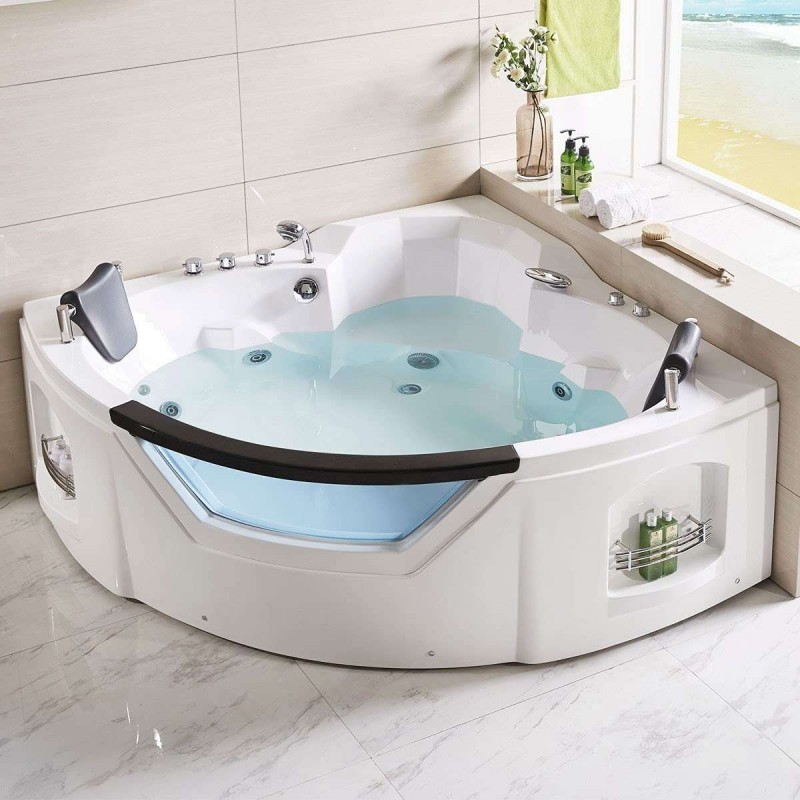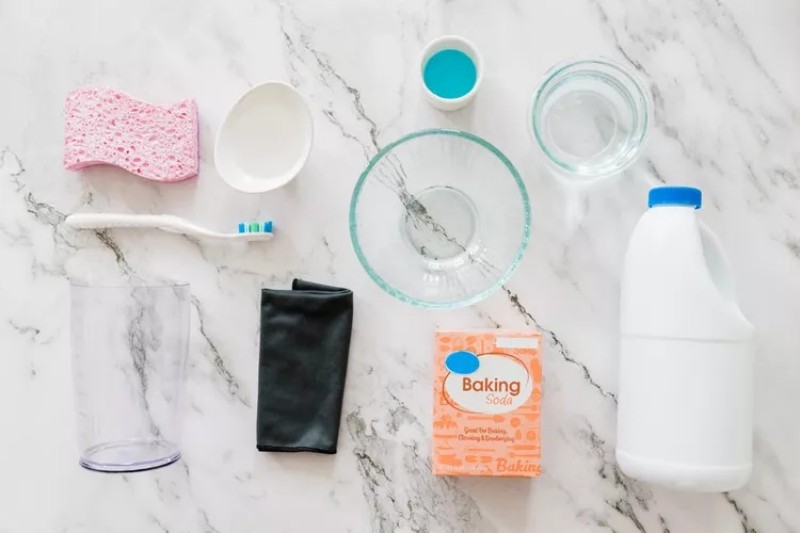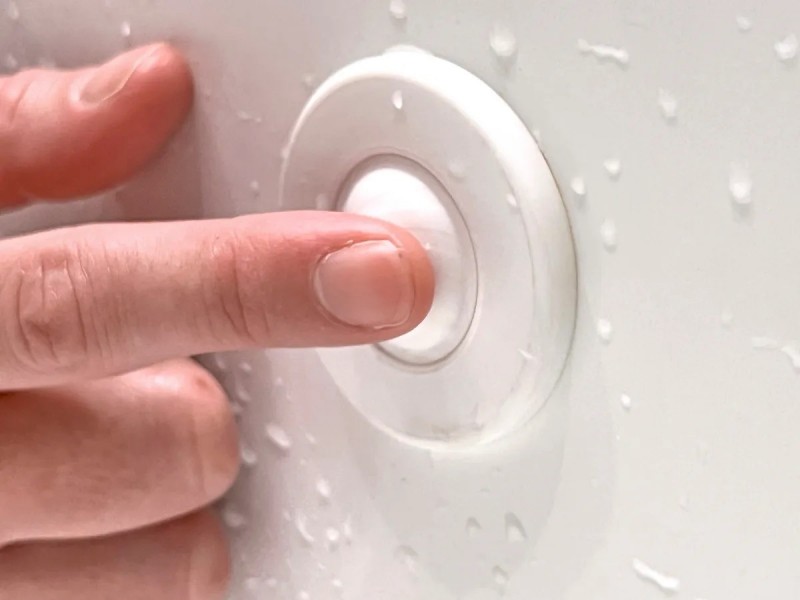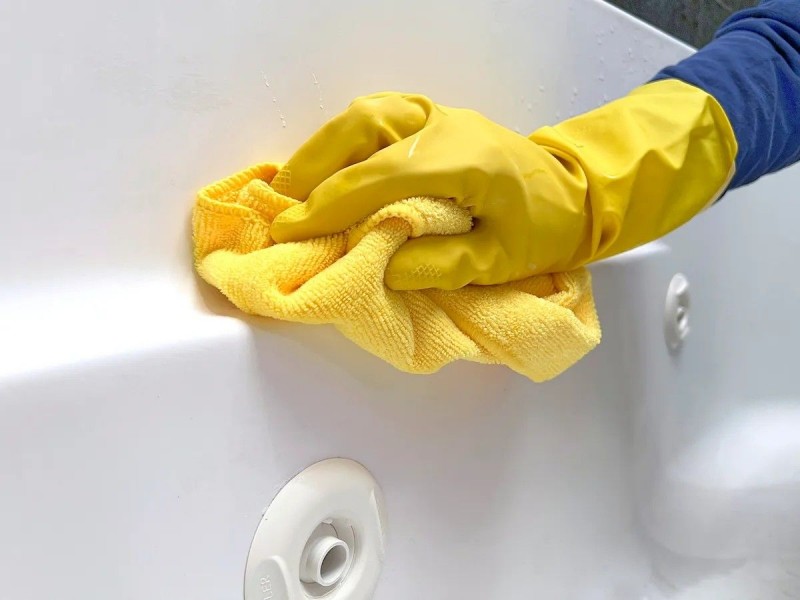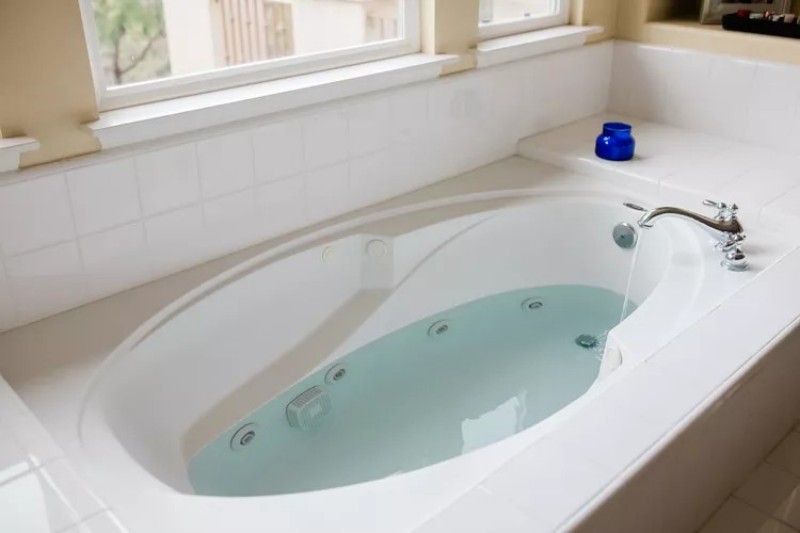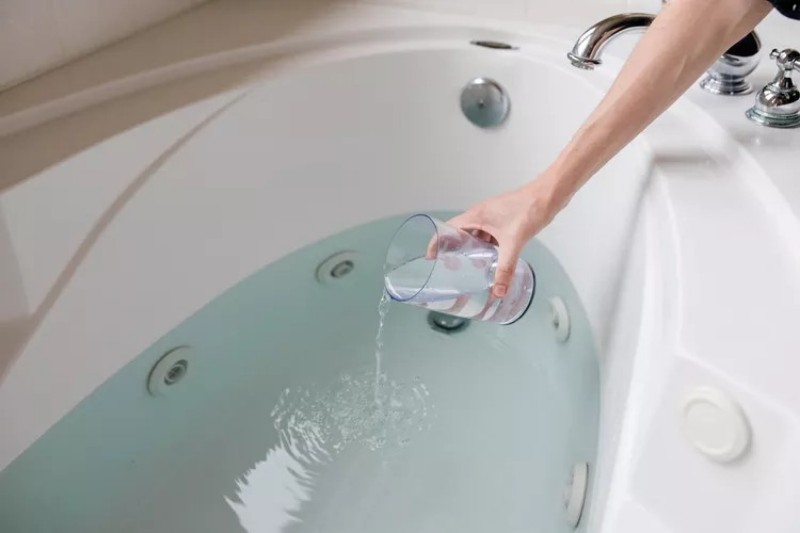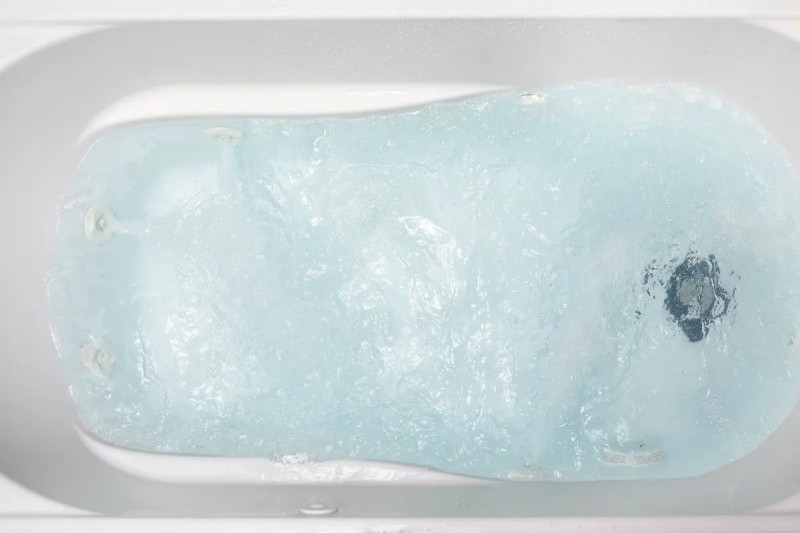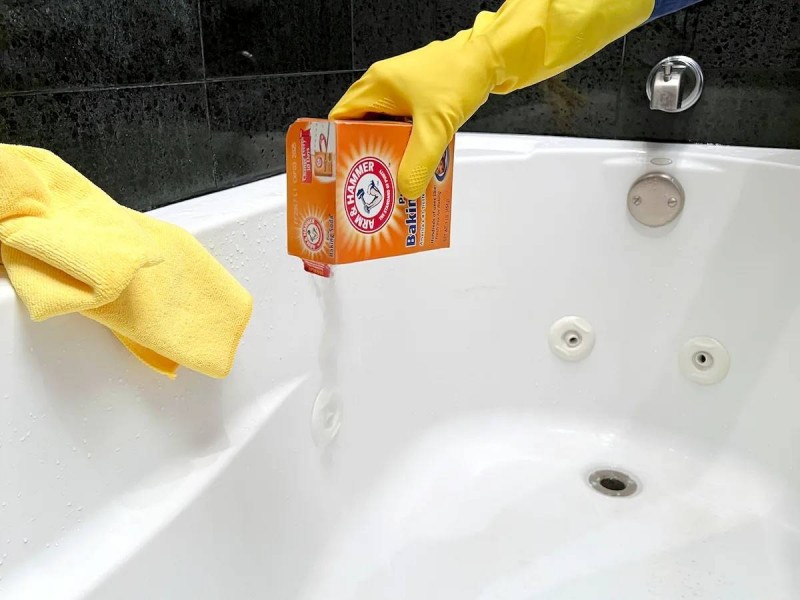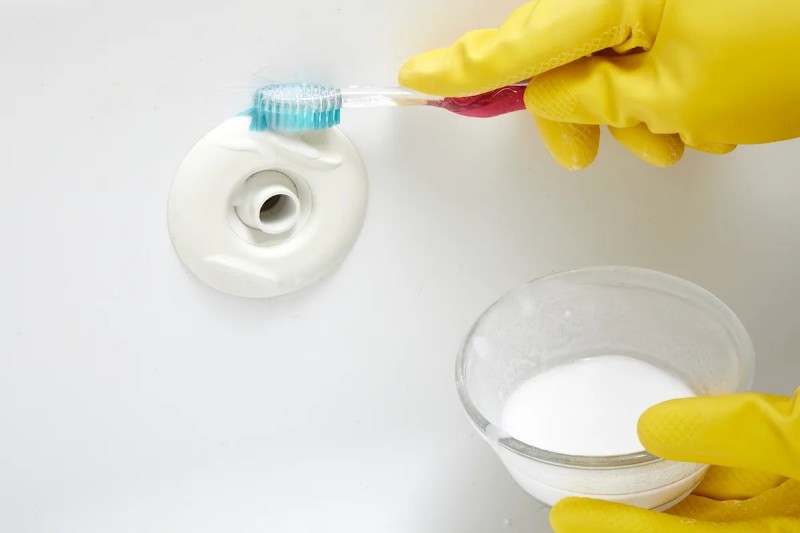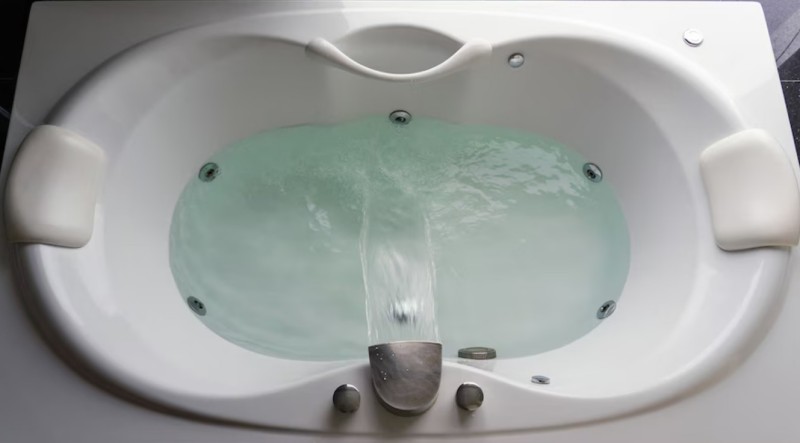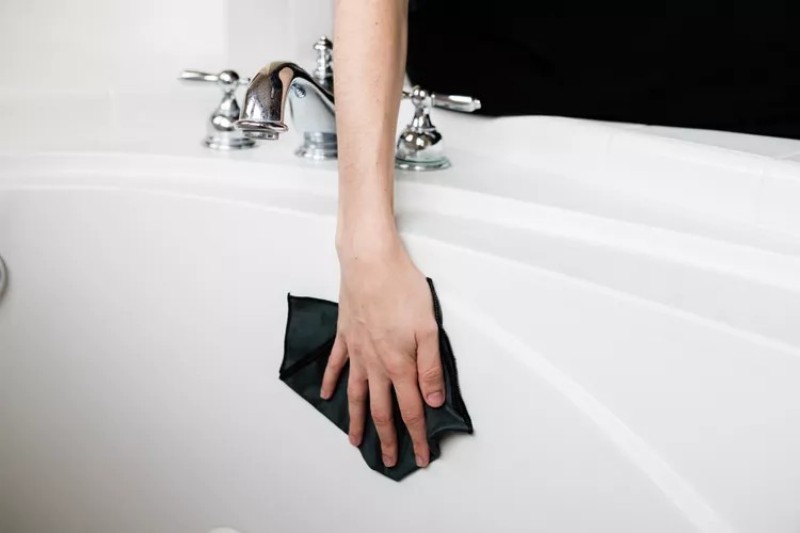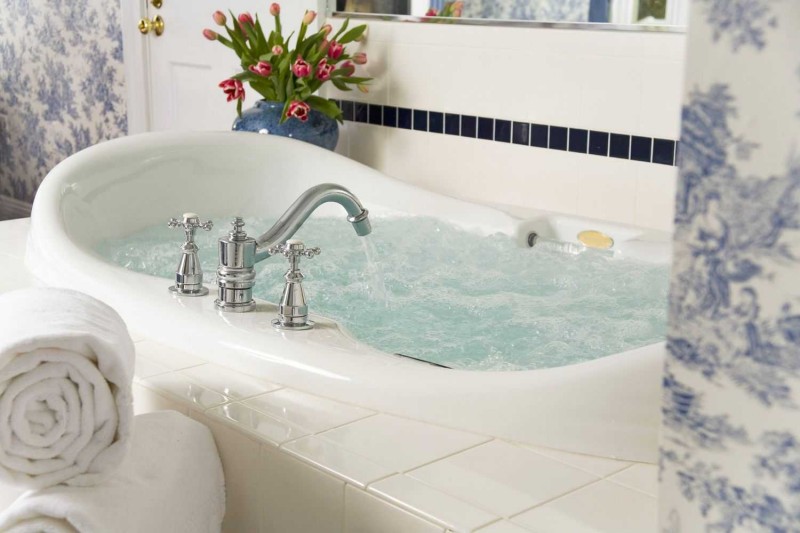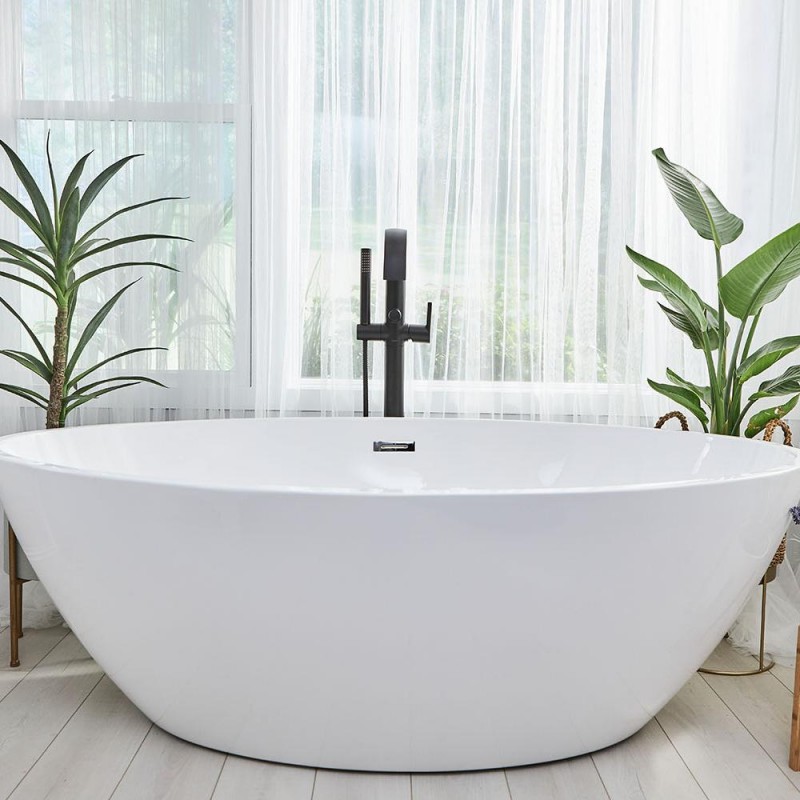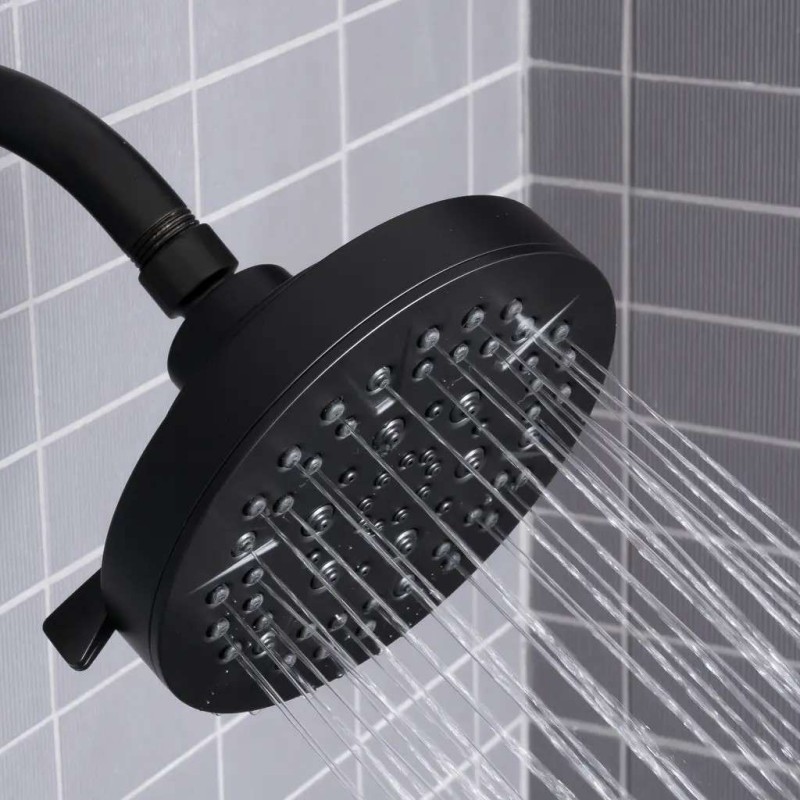 English
English
Jabra Sanitary is a sanitaryware supplier offering toilets, sinks, faucets, bathtubs, etc., at competitive prices. If you're a distributor, wholesaler, or project contractor, get a quote today!
 $23.9 Limited-time Offer
$23.9 Limited-time Offer Consignment Policy
Consignment Policy 20 Years of Experience
20 Years of Experience
Bathtub jets offer a luxurious and relaxing experience, but they can harbor dirt, soap scum, and bacteria if not regularly cleaned. Over time, mold, mildew, and debris can build up in the jets, diminishing their performance and potentially affecting your health.
Learning how to clean bathtub jets properly will help maintain your tub in pristine condition, ensuring a clean and refreshing bath every time.
In this guide, we'll walk you through the materials needed and a step-by-step process to effectively perform jetted bathtub cleaning, along with tips for long-term maintenance. By following these simple steps, you'll enjoy a hygienic and pleasant bathing experience while also prolonging the life of your tub.
Table of Contents
Materials Needed for Jetted Bathtub Cleaning
How Often Should You Clean a Jetted Bathtub?
Step-by-Step Guide to Cleaning a Jetted Tub
How to Maintain a Jetted Tub for Long-Term Cleanliness
FAQs
Conclusion
Materials Needed for Jetted Bathtub Cleaning
- Microfiber towel
- Water
- White distilled vinegar
- Mild dish detergent
- Baking soda
- Toothbrush
These common household items will help you thoroughly clean a jetted bathtub.
By using gentle and effective cleaners like vinegar, baking soda, and dish detergent, you can remove buildup without damaging the jets or tub surface. Always have a microfiber towel on hand to wipe down surfaces without scratching.
How Often Should You Clean a Jetted Bathtub?
How frequently you clean a jetted tub depends on how often it's used. For occasional use, cleaning every one to three months is sufficient.
However, for more frequent use, you should clean the jets at least once a month to prevent buildup of soap, oils, and other debris. Neglecting to clean the jets can lead to blockages, mold growth, and unpleasant odors.
Keep an eye out for signs that your tub needs cleaning tub jets, such as reduced jet pressure, discolored water, or small black particles being expelled from the jets. These are indicators that dirt, bacteria, or mold have built up inside the jet system and need to be cleaned out as soon as possible.
Step-by-Step Guide to Cleaning a Jetted Tub
Step 1: Turn Off the Air-Induction Valves
Before you start cleaning jets in tub, make sure to turn off the air-induction valves. These valves are responsible for mixing air with the water, which is what creates the powerful jet streams.
Turning them off helps ensure that the cleaning solution circulates properly through the water system without excess foaming. Follow the bathtub manufacturer like Jabra Sanitary's instructions to locate and turn off these valves correctly.
Step 2. Wipe Up Debris from the Basin and Rim
Start by wiping away any loose debris, soap scum, or dirt from the basin and rim of the tub.
Use a microfiber towel to do this, as it effectively picks up dust and debris without scratching the tub's surface. This step will ensure that the water you fill the tub with remains clean, allowing the jets to be cleaned more efficiently.
Step 3. Fill the Tub with Hot Water
Once the tub is free of surface debris, fill it with hot water until the water line is at least two to three inches above the jets. The hot water will help dissolve and loosen any grime or bacteria inside the jets.
Be sure to use water that is hot enough to clean but not so hot that it damages the tub's components. This is one of the best ways to clean bathtub jets effectively.
Step 4. Add the Cleaning Agents
Now it's time to add the cleaning agents.
For a light clean, use a low-foaming disinfectant or mild dishwashing liquid that produces few suds. You can also add about 1/2 cup of white distilled vinegar, which is a natural disinfectant.
If you need a deeper clean, add a small amount of bleach (about 1/2 cup) to the hot water. Be cautious when using bleach, as it can be harsh on certain tub surfaces.
Make sure to follow any specific recommendations provided by the tub's manufacturer for the best results. This is particularly important for how to clean jets on a whirlpool tub.
Step 5. Flush the Tub
After adding the cleaning agents, it's time to flush the system. Turn the jets on high and let them run for about 10 to 15 minutes.
As the jets operate, the cleaning solution will circulate through the entire system, breaking up and removing any dirt, soap scum, and bacteria trapped in the jets.
Keep an eye on the water—if you notice any debris or black particles floating, that's a sign the cleaning process is working. This step is key for how to clean the jets in a bathtub.
Once the jets have run for the full duration, turn them off and drain the tub completely. This flushes out all the dirty water, along with the contaminants it carried.
Step 6. Scrub the Tub with Baking Soda
For stubborn stains or grime on the tub surface, sprinkle some baking soda over the basin and use a microfiber towel or sponge to scrub the area.
Baking soda is mildly abrasive, making it effective for removing tough spots without scratching the tub's surface. Focus on areas around the jets where dirt tends to accumulate.
After scrubbing, rinse the surface with warm water to remove any leftover baking soda residue. This method is great for cleaning spa bathtub jets.
Step 7. Clean the Jets with a Toothbrush
Now that the tub is drained, it's time to clean the jets in the tub directly.
Using an old toothbrush, scrub around the jet openings and inside the jet nozzles. The bristles of the toothbrush are perfect for reaching into small crevices where grime, mold, or soap scum may have built up.
For extra cleaning power, dip the toothbrush in a mixture of baking soda and water to create a paste. Gently scrub each jet until they're spotless. Make sure to clean all around the jets to ensure that no residue remains.
Step 8. Run a Rinse Cycle
After scrubbing the jets, it's important to run a rinse cycle to remove any remaining cleaning agents.
Fill the tub again with warm water, ensuring that the water level is at least a few inches above the jets. Run the jets on high for another 10 to 15 minutes to flush out any remaining debris or jet bath tub cleaner residue.
This step will leave the system clean and free of any lingering dirt or chemicals. Once the rinse cycle is complete, drain the tub completely.
Step 9. Wipe Down the Interior
After the tub has drained, use a microfiber towel to thoroughly wipe down the interior of the tub. This ensures that any remaining moisture, soap residue, or cleaning agents are completely removed.
Microfiber towels are ideal because they're gentle on surfaces and highly absorbent, helping to dry and polish the tub's surface without leaving streaks or scratches. This is essential for cleaning a jetted whirlpool tub and other jetted tubs.
Note:
Before cleaning your bathtub jets for the first time, it's crucial to check the manufacturer's manual for specific cleaning recommendations.
Different brands may have varying guidelines, particularly when it comes to closing or opening the air-induction valves during cleaning. Some manufacturers also recommend specific types of cleaning solutions that are safe for use in their tubs.
Following these instructions will help you avoid damaging the jets or other tub components and ensure a more effective cleaning whirlpool bathtub process.
If you no longer have the manual, most manufacturers provide cleaning guidelines on their websites or through customer service. Adhering to the manufacturer's recommendations will extend the life of your jetted bathtub and keep it functioning efficiently.
Tip 1. How to Get Mold Out of a Jetted Tub
Mold can sometimes build up inside the jets if the tub isn't cleaned regularly. Fortunately, it's easy to remove using common household items like vinegar and hot water.
To get mold out of your jetted tub, follow these steps:
- Fill the tub with hot water until it's at least two to three inches above the jets.
- Add two cups of white distilled vinegar to the water. Vinegar is a natural mold killer and will help disinfect the jets.
- Turn off the air-induction valves to prevent excess foam and turn the jets on high.
- Let the jets run for about 15 minutes to allow the vinegar solution to circulate and break down mold buildup.
- Afterward, drain the tub and refill it with clean, warm water.
- Run the jets again for another 10-15 minutes to flush out any remaining mold or vinegar residue.
For more persistent mold, you can repeat this process. This method is effective in killing mold spores and leaving your jetted tub fresh and clean.
Tip 2. How to Clean the Yellow Jets in a Whirlpool Tub
Over time, the jets in a whirlpool tub can develop a yellow tint due to mineral deposits, hard water, or residue from cleaning products.
To restore the appearance of yellowed jets, follow this method:
- Fill your whirlpool tub with hot water, making sure the water reaches at least an inch above the highest jet.
- Add half a cup of bleach and two tablespoons of mild detergent to the water. The bleach helps to remove discoloration, while the detergent cleans off any grime.
- Run the jets for about 10 minutes to allow the solution to circulate through the system and loosen up the yellow stains.
- After the cycle is complete, drain the tub and wipe down the jets with a microfiber towel. You may also use a toothbrush to scrub around the jets if necessary.
This method should help restore the brightness of the jets, keeping them looking as good as new. This is the best way to clean jets in whirlpool tub.
How to Maintain a Jetted Tub for Long-Term Cleanliness
Proper maintenance of your jetted tub ensures that it stays clean and performs optimally over time. By incorporating these maintenance practices, you can prevent clogs, bacteria buildup, and other issues.
This is the key to jetted bathtub maintenance and ensuring your tub stays in top condition:
Avoid Using Oils, Bath Bombs, and Bubble Baths
Though these products can enhance your bathing experience, they can also clog the jets with oils and debris.
Bath bombs, bubble baths, and oils leave residues that accumulate inside the jets, leading to buildup and decreased performance. It's best to use minimal soap products and avoid anything that contains heavy oils or fragrances.
Locate and Clean the Filter Monthly
Many jetted tubs have filters that help trap debris before it circulates through the system. To maintain proper functionality, clean the filter at least once a month.
Locate the filter (usually near the pump), remove it, and rinse it thoroughly with warm water. Keeping the filter clean ensures your jets run efficiently.
Run Fresh Water After Each Use
After every use, fill the tub with fresh hot water and let it sit for 10 minutes. This breaks up leftover soap residue, which can harden and clog the jets.
Afterward, drain the tub and wipe down the interior with a microfiber towel. Additionally, you can mix a solution of water, vinegar, and rubbing alcohol to wipe the surfaces and further reduce residue buildup. This habit can help you deep clean a jetted tub regularly without much hassle.
How Long Do Jetted Tubs Last?
With proper maintenance, a jetted tub can last anywhere from 10 to 15 years, or even longer. The longevity of a jetted tub largely depends on how often it is used and how well it is maintained.
Regular jetted tub cleaning, proper care of the jets, and follow bathtub manufacturer guidelines can extend the life of the tub, keeping it functioning like new for many years.
However, components like the pump and jets may eventually need replacement due to wear and tear. Performing periodic inspections and addressing issues early on can help avoid costly repairs including fixing a dripping bathtub or replacements.
FAQs
Is Bubble Bath Bad for Jetted Tubs?
Yes, bubble bath can cause excessive foaming and leave residue inside the jets, leading to clogs and decreased performance. It's best to avoid using bubble bath products in a jetted tub.
Can You Use Bleach in a Jetted Tub?
Yes, bleach can be used for deeper cleaning, especially to remove mold or discoloration. However, use it sparingly, and always follow up with a thorough rinse cycle to avoid damaging the jets or tub surface. This is an effective jet bath tub cleaner when used properly.
What Is the Best Cleaner for Jetted Tubs?
The best cleaner is a low-foaming, non-abrasive cleaner like white distilled vinegar or a mild dish detergent. These gentle cleaners effectively remove dirt and grime without damaging the tub's components.
Why Is My Jetted Tub Shooting Out Black Stuff?
If black debris is coming out of your jets, it's likely due to mold, bacteria, or soap scum buildup inside the jet system. Regular cleaning with vinegar or bleach can help eliminate this problem.
Is It Safe to Put Epsom Salt in a Hot Tub?
Using Epsom salts in a jetted tub is not recommended, as they can leave behind residue that clogs the jets and filter. Always check your tub's manufacturer recommendations before adding any substances to the water.
Conclusion
Cleaning and maintaining your jetted bathtub is essential for ensuring its longevity and providing a safe, relaxing bathing experience. By following the steps outlined in this guide, you can keep your bathtub jets free of dirt, mold, and residue.
Regular cleaning with natural products like vinegar and baking soda, combined with proper maintenance practices, will ensure your tub remains in top condition for years to come.
Incorporating these simple cleaning habits will not only help you avoid costly repairs but also ensure that your bathing experience remains hygienic and enjoyable. Keep your jetted tub clean, gem-free, and it will reward you with many years of relaxation and rejuvenation.







